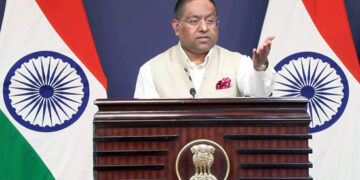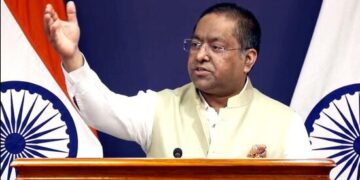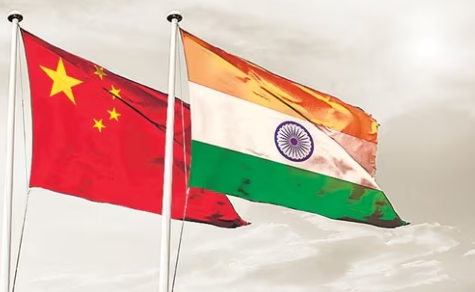A leading European economic expert has projected that India is set to maintain a higher GDP growth rate than China over the next several years. This optimistic assertion challenges the longstanding dominance of China in economic expansion and underscores India’s burgeoning potential on the global stage.
Dr. Johannes Müller, an esteemed economist at the University of Munich, presented his analysis during a recent symposium on emerging market economies. His research, supported by comprehensive data and predictive models, suggests that India’s GDP growth trajectory will continue to outstrip that of China through at least 2026.
**Rising Star: India’s Economic Ascendancy**
India, the world’s fifth-largest economy, has demonstrated remarkable resilience and dynamism in recent years. Despite global economic headwinds, the country’s GDP growth rate has consistently been robust, fueled by a young demographic dividend, an expanding digital economy, and ambitious policy initiatives.
Dr Müller emphasized that India’s growth momentum is propelled by structural reforms, including deregulation, infrastructure investments, and measures to enhance ease of doing business. He highlighted the government’s focus on promoting manufacturing through initiatives like “Make in India” as pivotal in attracting foreign investments and bolstering domestic production.
**Comparative Analysis: India vs. China**
The contrast between India and China in terms of economic growth has been a subject of intense scrutiny among economists and policymakers. While China has historically maintained a higher GDP growth rate, India’s recent trajectory suggests a significant shift in this narrative.
According to Dr. Müller’s projections, India’s GDP growth rate is expected to surpass China’s by a notable margin in the coming years. This divergence reflects a complex interplay of factors including demographics, technological innovation, and policy dynamics unique to each country.
**Implications for Global Economy**
The implications of India’s ascent vis-à-vis China are profound for the global economic landscape. As India’s economy expands at a brisk pace, it is likely to become an increasingly influential player in international trade, investment, and geopolitical dynamics.
Dr. Müller’s analysis underscores the importance of sustained reforms and investments to capitalize on India’s growth potential. He urged policymakers to prioritize inclusive development strategies that harness India’s demographic dividend and address key challenges such as infrastructure bottlenecks and skill mismatches.
**Looking Ahead: A New Economic Paradigm**
As India continues on its growth trajectory, the global economic order may witness a recalibration with India assuming a more prominent role. Dr. Müller’s projections provide a compelling narrative of India’s economic evolution and challenge conventional assumptions about the global economic pecking order.
While uncertainties persist, the optimism surrounding India’s economic prospects is palpable. As the world closely monitors these developments, India’s journey towards economic preeminence promises to reshape the contours of the global economy in the years ahead.








 India
India












